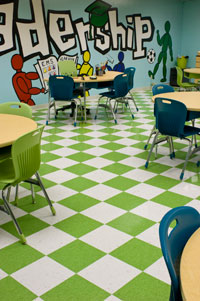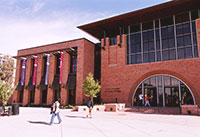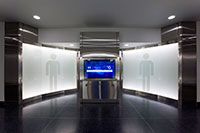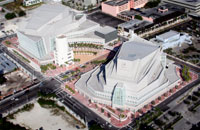view all Case Studies
Dallas Office Complex Evicts Unwanted Bird Population
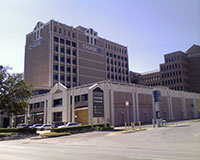
Preston Commons is nestled in Park Cities, one of Dallas’ most coveted areas. It’s a three-building, Class A office complex with a total of 422,874 square feet, and it had a management problem.
April 11, 2011 -
Maintenance & Operations
Preston Commons is nestled in Park Cities, one of Dallas’ most coveted areas. It’s a three-building, Class A office complex with a total of 422,874 square feet, and it had a management problem.
Preston Commons was spending triple its usual and budgeted amount for window cleaning each year. Not because the window cleaners were doing poor work or overcharging – neither was the case – but because of an infestation of birds.
Birds can create a range of issues – from the potential health issues associated with their droppings to the cost of cleaning their waste. A recent study found two types of bacteria, prevalent in the pigeon population, which cause illness in humans – one is considered the primary pathogen responsible for acute diarrhea in the world. And avoiding direct contact might not prevent infection, as bacteria can be dispersed in the air, or can contaminate food and water. Further, bird droppings are slippery and pose a safety risk.
The bird problem began with a renovation. The property owner had chosen to modernize the building’s façade by securing pre-cast columns to the ledges that run under the windows on each floor. The pigeons were roosting on the ledges, and built nests in the protected areas behind the columns.
The solution was to keep the birds from roosting and making nests, and to do that management turned to Flex-Track ledge deterrent system and StealthNet. Flex-Track uses a low-amperage but high voltage electrical pulse to deter pest birds — basically a painful but non-harmful pulse that shocks the birds’ feet when they try to stand on it. It is comprised of an extruded, flexible PVC base with two stainless steel braid conductors sewn onto the base. It comes in 50-foot rolls.
StealthNet is composed of high-density knotted strands of ultra-violet stabilized polyethylene twine. The material is more than five times stronger than plastic molded nets, and can last upwards of a decade. Though it’s ultra-strong, StealthNet is quite thin, and when the black, beige or white netting is installed against an appropriate-colored exterior, it’s nearly invisible.
Next
Read next on FacilitiesNet









